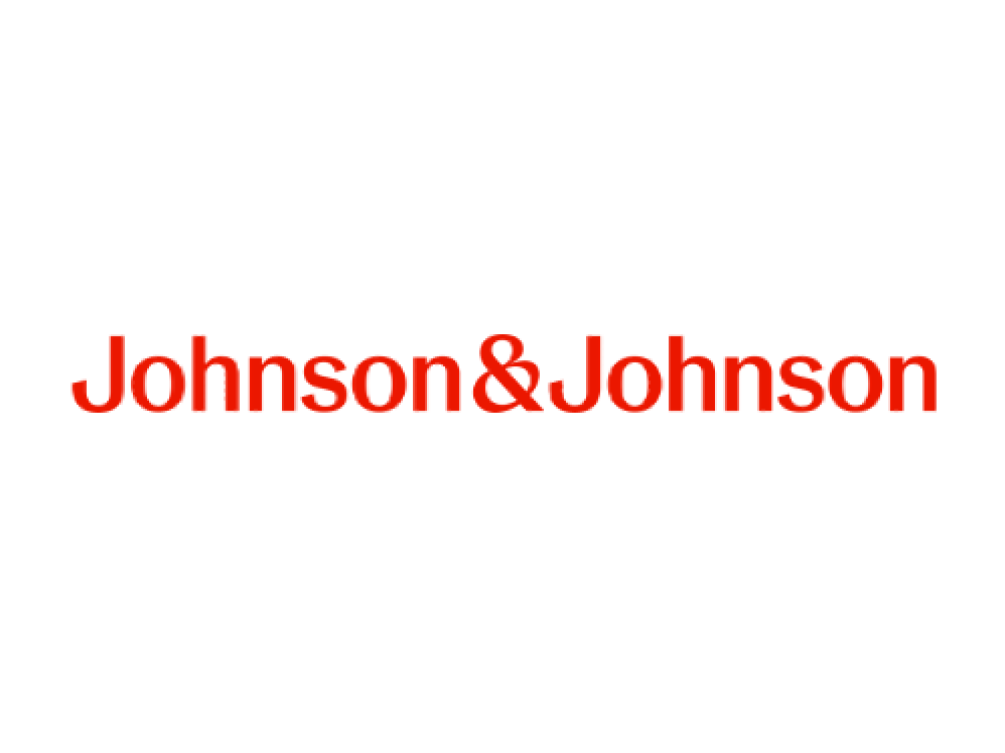
Wall Street analysts predict an earnings per share (EPS) of $2.59 and revenue of approximately $21.6 billion for the upcoming quarterly earnings.
The company’s price-to-earnings (P/E) ratio is 25.44, indicating the market’s valuation of its earnings.
Johnson & Johnson’s debt-to-equity ratio of 0.51 suggests a moderate level of debt, showcasing a balanced financial structure.
Johnson & Johnson (NYSE:JNJ) is a global leader in the healthcare sector, known for its diverse range of products in pharmaceuticals, medical devices, and consumer health. As the company prepares to release its quarterly earnings on April 15, 2025, Wall Street analysts predict an earnings per share (EPS) of $2.59 and revenue of approximately $21.6 billion.
Analysts are closely examining Johnson & Johnson’s financial metrics to gain a deeper understanding of its performance. The company’s price-to-earnings (P/E) ratio is 25.44, which shows how the market values its earnings. This ratio is crucial for investors to assess whether the stock is overvalued or undervalued compared to its earnings.
The price-to-sales ratio of 4.03 indicates how the market values Johnson & Johnson’s revenue. This metric helps investors understand the company’s revenue generation relative to its stock price. Additionally, the enterprise value to sales ratio of 4.18 provides insights into the company’s valuation, considering its debt and cash reserves.
Johnson & Johnson’s enterprise value to operating cash flow ratio is 15.28, highlighting the company’s valuation in relation to its cash flow. This ratio is important for evaluating the company’s ability to generate cash from its operations. The earnings yield of 3.93% is the inverse of the P/E ratio, offering another perspective on the company’s earnings performance.
The company’s debt-to-equity ratio of 0.51 suggests a moderate level of debt compared to its equity, indicating a balanced financial structure. With a current ratio of 1.11, Johnson & Johnson demonstrates its ability to cover short-term liabilities with short-term assets, reflecting its financial stability.
